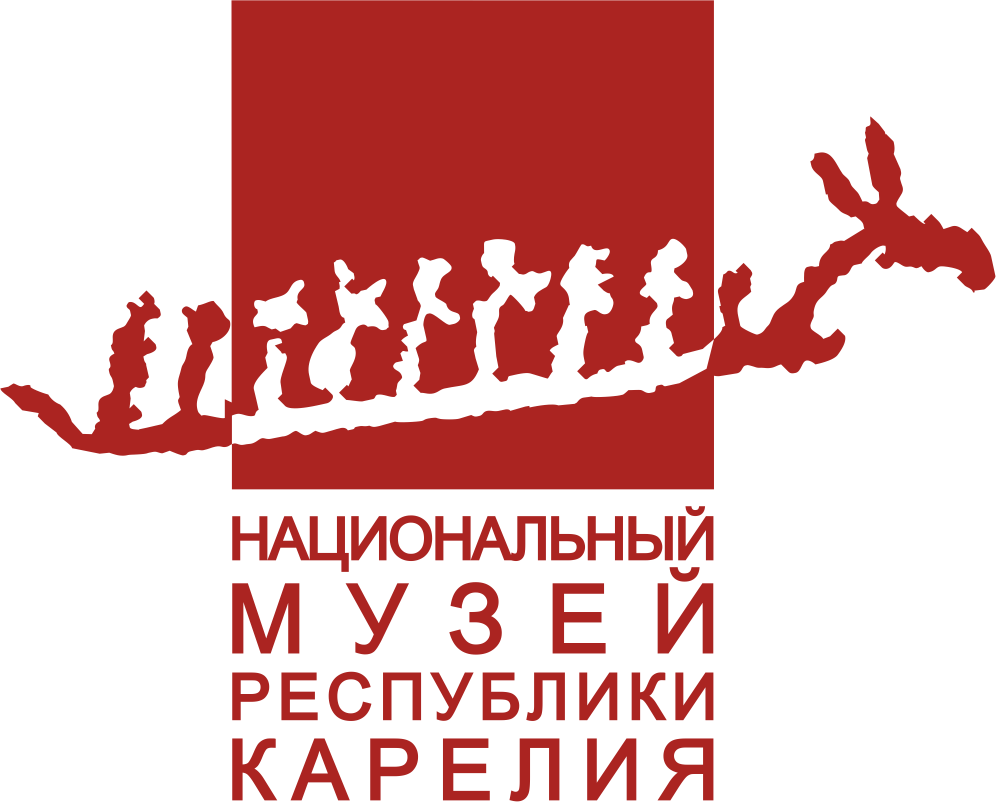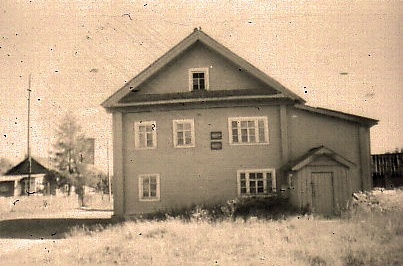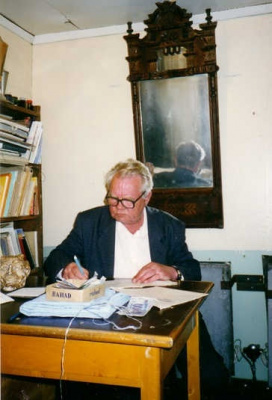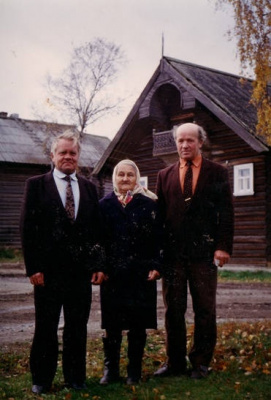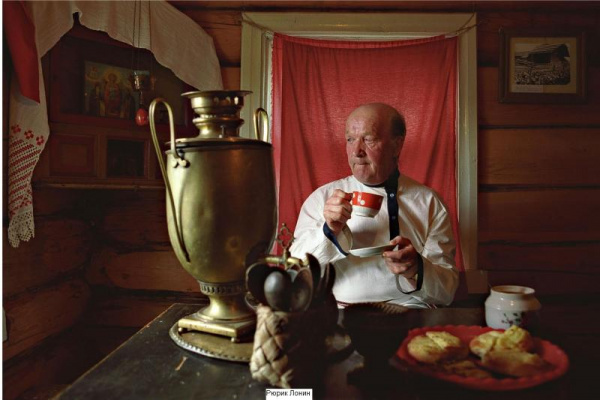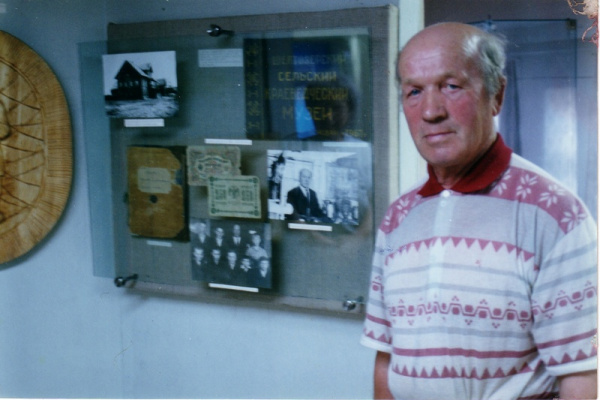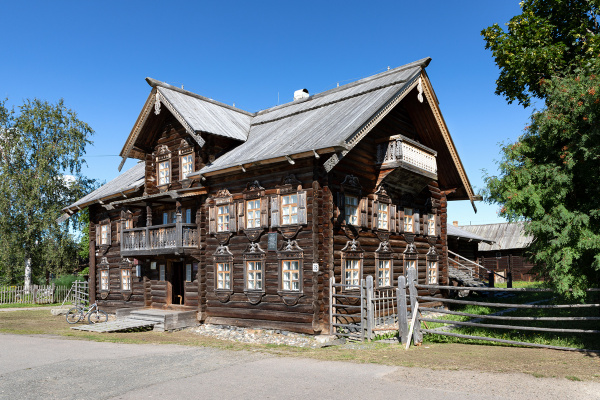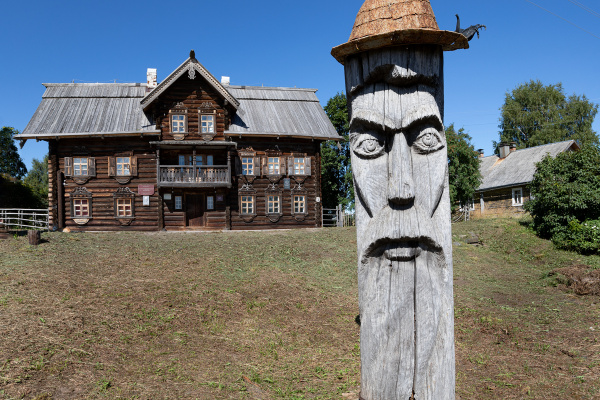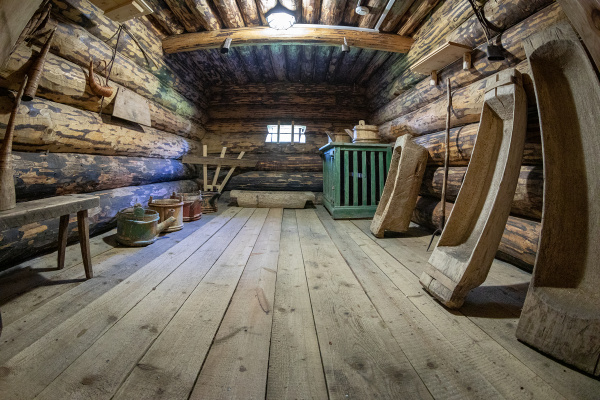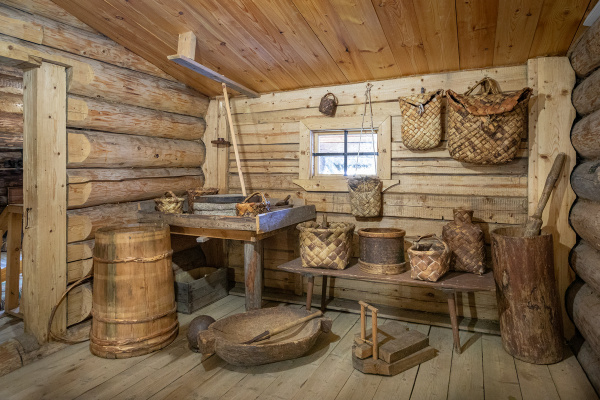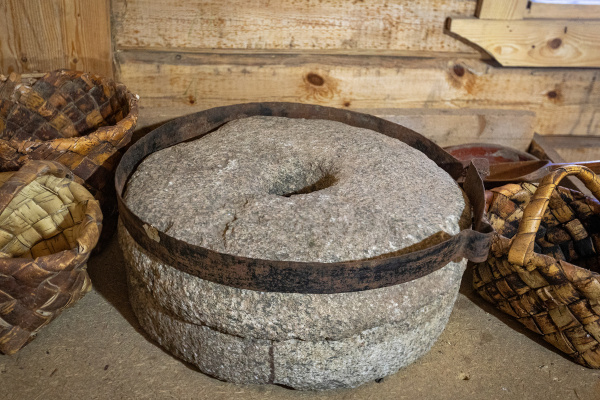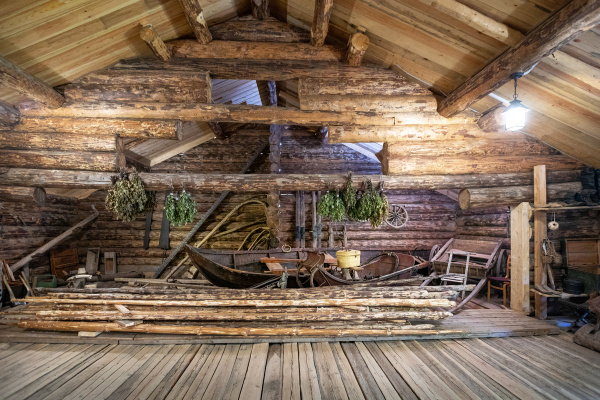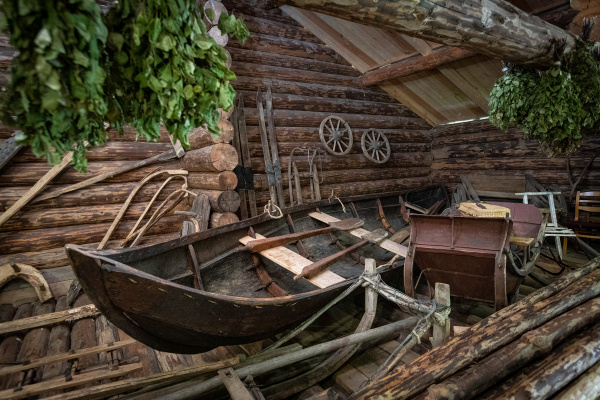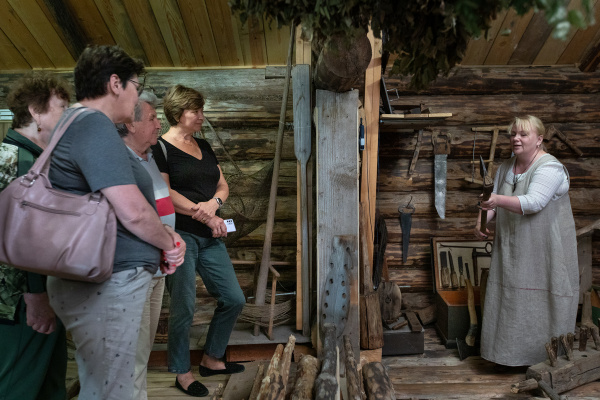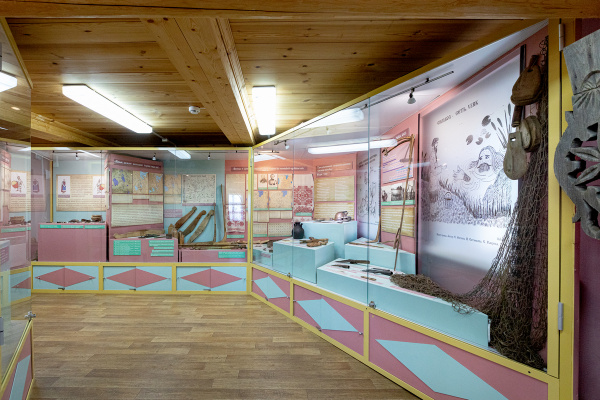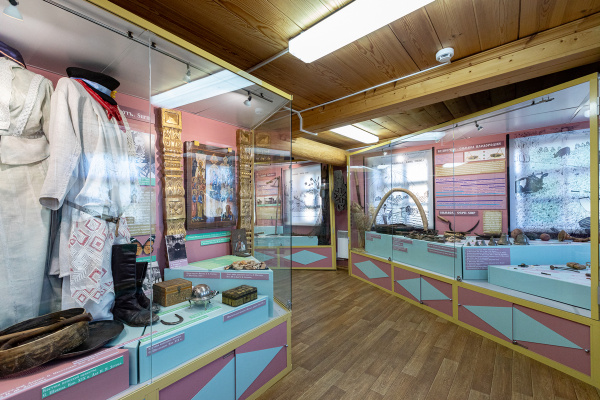Museum History
R. P. Lonin Sheltozersky Vepsian Ethnographic Museum is a museum of the veps, one of the indigenous people of the Russian Federation.
The museum was founded in 1967 by Rurik Petrovich Lonin (1930-2009), a well-known local historian, writer, and collector of Vepsian folklore. For 13 years of the existence of the museum, unique collections had been acquired that related to traditional occupations and crafts, life and economy, folk beliefs and holidays of the Veps. It is no coincidence that in 1971 the Sheltozersky Museum of Local Lore was recognized as the best among the national museums of the republic.
In 1980, the museum received the status of a state museum and at first, became a department, and in 1987 a branch of the Karelian State Museum of Local Lore.
Historian and researcher Alexander Pavlovich Maksimov became the first director of the State Museum. R.P. Lonin and A.P. Maksimov worked together on the exposition of the Vepsian museum, which was to be located in the restored Melkins’ house that was built in 1814. The famous historian Mikhail Dankov became the main exhibitor, and Dmitry Uchuvatkin was the artist.
In June 1991, the doors of the Melkins' house opened for the first visitors.
In 2010, the museum was named after its founder. Now the full name of the museum is the R.P. Lonin Sheltozersky Vepsian Ethnographic Museum.
Exposition
From October 2012 to September 2014, the Melkins’ House was under restoration. During this time, the museum staff, in collaboration with scientists, local residents and partners of the museum, has developed the architectural and planning concept of the R. P. Lonin Sheltozersky Vepsian Ethnographic Museum, the concept of the permanent exhibition “The vepsian peasant yard. Vepsän tannaz” and the strategic development plan of the museum.
A significant contribution to the filling of the exposition was made by the staff of the Institute of Language, Literature and History of the KSC RAS, the specialists of the National Museum of the Republic of Karelia. They shared with the museum their discoveries in the field of history, ethnography, linguistics and toponymy of the Veps.
Today, the interior of a peasant hut has been restored in the museum, with the transition area from the residential part of the hut to the economic one, as well as the household yard. A new hall “The veps. The story. The language. The resettlement. The worldview" is now available to visitors. Each module in the hall shows the features of the language, culture and history of the veps. The new hall displays about 350 authentic items that have been restored by specialists from the National Museum of the Republic of Karelia. The exposition was designed by ARTNAVOLOK LLC.
In the modern information society, the museum develops through the introduction of modern information technologies. Now in the Vepsian Museum you can travel through the halls using a tablet or smartphone using a QR-coding system, work independently in an electronic media library, and gain access to Internet resources. The Smart Light system is presented in the museum for the first time.

